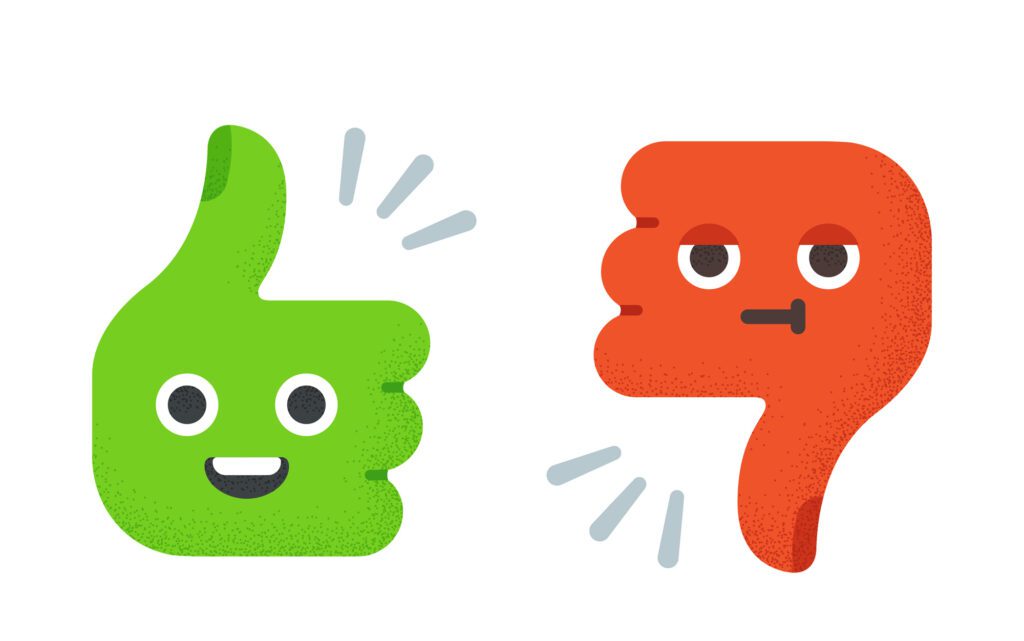Google’s ad preference center is ready for prime time.
The purpose of My Ad Center, which started rolling out to users on Thursday after first being teased in May, is to serve as a hub for tools that give people control over the ads they see and the data used to target them.
“People are concerned about how their information is being used by companies,” said Karin Hennessy, Google’s group product manager of privacy and user trust, during a press event on Wednesday. “And in some cases, that is causing users to turn away or stop using different types of services due to their concerns.”
One way to regain consumer trust or, ideally, not lose it in the first place is to give people controls and user settings that don’t require a law degree combined with a background in computer science to understand.
But there’s been a tension historically between personalization and privacy.
“We’re looking to deliver on both of these two challenges simultaneously,” Hennessy said.
Front and center
Users can access My Ad Center by signing into Google and clicking on the three-dot menu next to any ad served across YouTube, Search and in the Discover feed.
My Ad Center doesn’t affect targeting via the Google Display Network, though. And declining personalized ads also doesn’t affect YouTube content recommendations or the search results people see.
Once they’re logged in, users will have the option to turn off personalized ads so any new and existing activity on Google sites and apps, including information from their Google account, like their age, won’t be used to target advertising.
In the FAQ about turning off personalized ads, there’s a little warning cautioning users that “ads may seem less relevant.” Turning off personalized ads doesn’t mean users won’t see ads, just that the ads they see won’t be targeted.
My Ad Center also includes a section that shows the ad topics and specific brands associated with a user’s account (“vacation rentals” and “snack foods,” for example, or “HBO Max” and “Google Fi”) alongside “plus” and “minus” buttons, which they can use to either see more or less of a particular topic or brand.
Users have the option as well to limit their exposure to ads across sensitive categories, including “alcohol,” “gambling,” “dating,” “weight loss” and “pregnancy and parenting.” (Google started to roll out enhanced controls for gambling and alcohol ads on YouTube in the US in late 2020 and across Google Ads and YouTube globally last year.
On top of that, if users are so inclined, they can scroll through a mini-library comprised of the ads they’ve been served over the previous seven days, see a full library of all the ads a specific advertiser has run over the past 30 days, block specific ads, learn more about why they were targeted, see how their web and app activity across Google and YouTube informs personalization (if personalized ads are switched on) and verify information associated with their Google account.
Settling the account
That last option – the ability to correct the record – is an interesting callout.
Google user accounts include information that people share directly with Google, but are also filled out with guesses Google makes about its users, which can include their age range, gender, educational background, household income, relationship status and even how many languages they speak.
Until now, Google didn’t give users control over the “synthesized inferences that we have from their activity on Google sites and apps,” Hennessy said.
Allowing users to verify whether user inferences are accurate is a crafty way for Google to authenticate its observed first-party data, which Hennessy referred to as “demographics and extended demographics.”
“This lets users choose whether or not we’ve inferred the right thing and whether or not they want that information used at all in their ads personalization experience,” she said.
But no data from any section of My Ad Center will be shared with advertisers, although they’d no doubt be keenly curious to know whether someone has opted to limit exposure to their brand’s ads (or maybe even opted to see more of their ads … hey, it could happen).
“Obviously advertisers are very interested in reaching the folks who are most accepting or tolerant of their advertising … [but] this is just for users,” Hennessey said. “We’re just using it to deliver the experience back to the users and not to influence any of the campaign features or functionality available to advertisers.”














